Miriam van der Valk
kontakt @ filoprax.se
Towards a Philosophy of What to Wear: On Clothes and Dressing as Practices of Epimeleia Heautou
The seasonal sale is on. Lines upon lines of garments that looked stunning a couple of weeks ago and now hang dull, unsold, and just … off. Red price tags. Some items are incredibly cheap. How can they be so cheap? They must have cost more to make, I think to myself. By the way – who made them? And what will happen if nobody buys them? Will they be donated somewhere, and happily worn by people less subjected to what’s in and out this month? Will they pile up in warehouses? Vanish in furnaces? There are a lot of clothes here. I feel slightly seasick looking at them – silently suspecting they won’t be worn and loved by anyone at all.
I tried on a pair of pants, even though I hardly ever find pants that fit. They were too short. But all right, it could work, maybe …? The waist was … Not perfect. My bottom … Just no. I left, feeling worse than before. No inspiration. The joy that comes with finding something really beautiful at a good price – none of that. I felt as dull and desperately off as those loud, red price tags.
Once I had a pair of jeans that I really, really loved. I wore them every day for months – you know the kind. As they broke, I patched up the holes one by one, including the ones that turned up by the patches’ edges. When I finally threw them away, there was hardly any original jean left.
(I still think about them sometimes.)
I’ve wanted to create the Perfect Wardrobe for as long as I can remember. At one point, the goal was to have a maximum of combinations with a minimum of stuff, everything going with everything. At another point I focused on shoes, building each outfit from the bottom, and seeing how much could change between a pair of sneakers and a pair of pumps. (Super interesting!) Or changing the buttons on a cardigan. In any case, I like to browse through the shops, in town and online, every now and then. But more often, I hang out in my local fabrics stores. And yet more still, I get out my pen and paper and draw my own designs. See, I want to have made the majority of my favorite clothes myself. I want to design and sew the stuff that I feel most comfortable in – and the calmest, kindest, and most creative, if you know what I mean. The most authentic.*
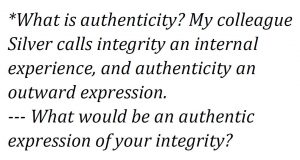
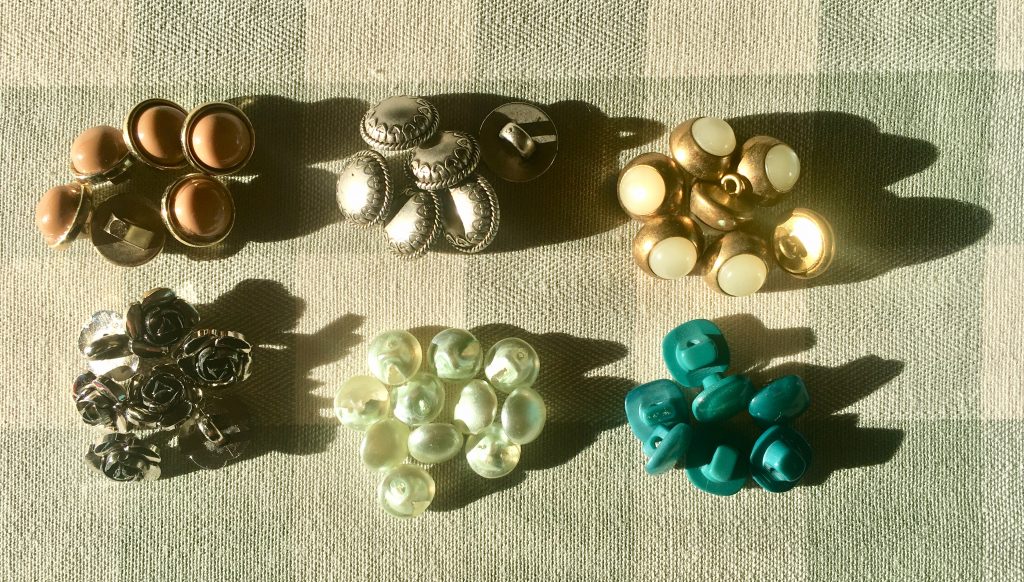
This is an article about the depths of a surface. About noticing the inner in the outer, so to speak. Developing a literacy for interior-exterior vortexes; the play of the immanent and the transcendent. But most of all, this is an article about clothes and dressing as a practice of epimeleia heautou – care* of the self.
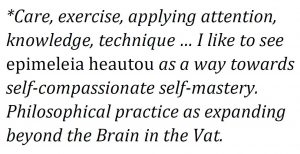
‘Self’ is broad; ‘ego’ is narrow. The self has personality with preferences for how to go about things. It has a psychological history and life narratives, and a will to cultivate. It has both spirituality and a somatic being-in-the-world – a body consciousness – to explore and develop.
Your body expresses something. Your eyes, your laughter; my slouchy walk this morning. The body communicates – it is a seat for connectivity. It greets and harbors other people’s gazes and energies. It learns to respond in civilized ways, like we learn to listen and talk, and although only the mouth speaks words, you might say that the body as a whole describes your perception of the world. Your ideas about truth. They seep through your semi-permeable skin, both literally and figuratively. The body is in between the private and the shareable. The body is transactional rather than entirely autonomous, so somatic self-consciousness entails a relation to the external world. My lower back against this chair; my fingertips on this dashboard. The woman with the hairpins by the computer in the corner – I can certainly sense her, although I can’t say exactly how.
“The human body is the best picture of the human soul,” said Ludwig Wittgenstein.
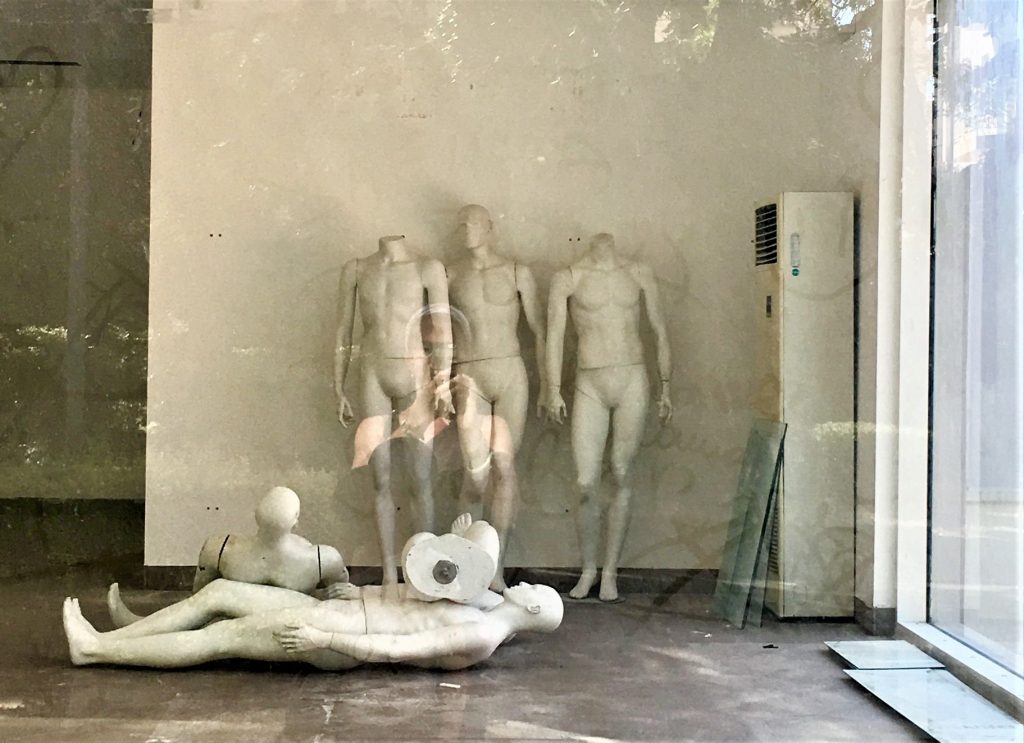
Colors express things too. And they can pull you in, practically like magic. Colors and shapes together can convey information – a police officer’s uniform, for instance, shows a function; a recognizable, societal capacity. A uniform represents something, stands for certain values, and implies a relational position, like an air hostess’ uniform, or a school uniform. Suppose that we, whenever we’re in public,* also represent values, capabilities, interests and degrees of openness and curiosity. Imagine that the body speaks a language, clothes are text, and we’re interpreters.
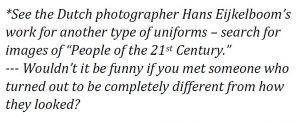
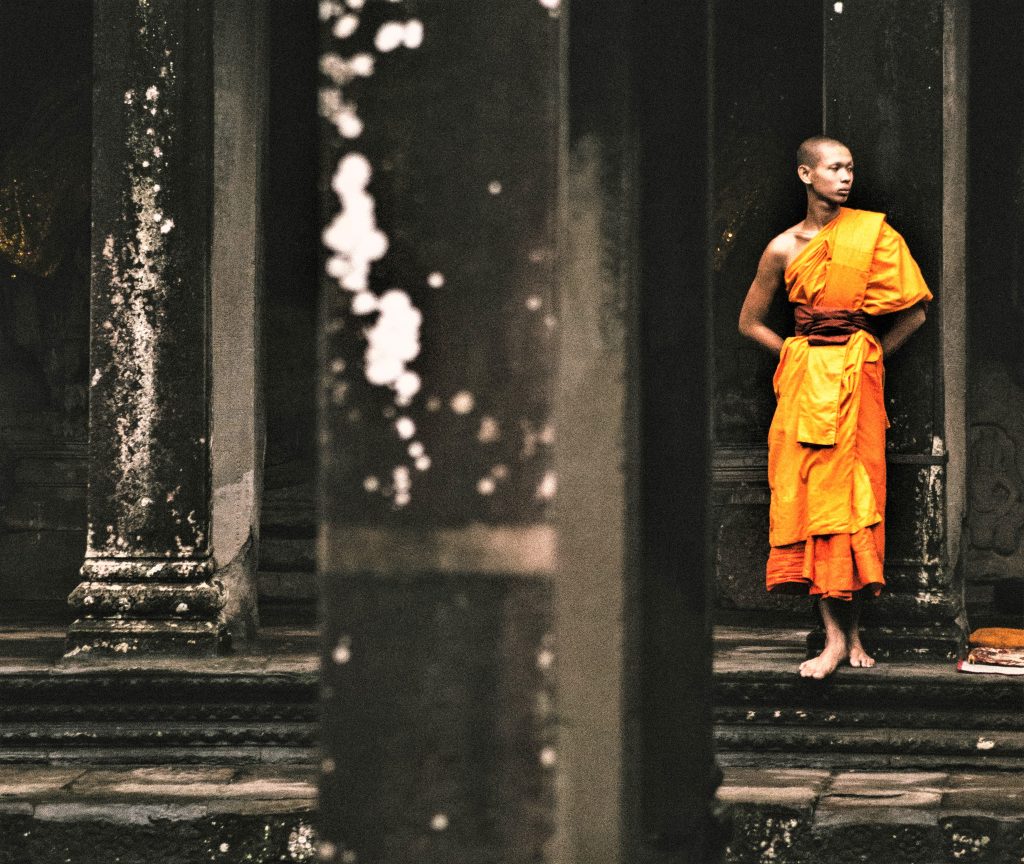
What are you hearing? What are you saying?
Self-reflection starts in the gut, pops out to the realms of shared experiences, symbols, words and ‘objectivity,’ and then boomerangs back with insights to integrate. And then, with practice, it helps let authenticity and meaningful connection emerge.
If I could say anything with my clothes – clothes in my size, my shape, my color and my style – what would I say? When I meet people that I don’t know, how can I help them understand what I’m saying?
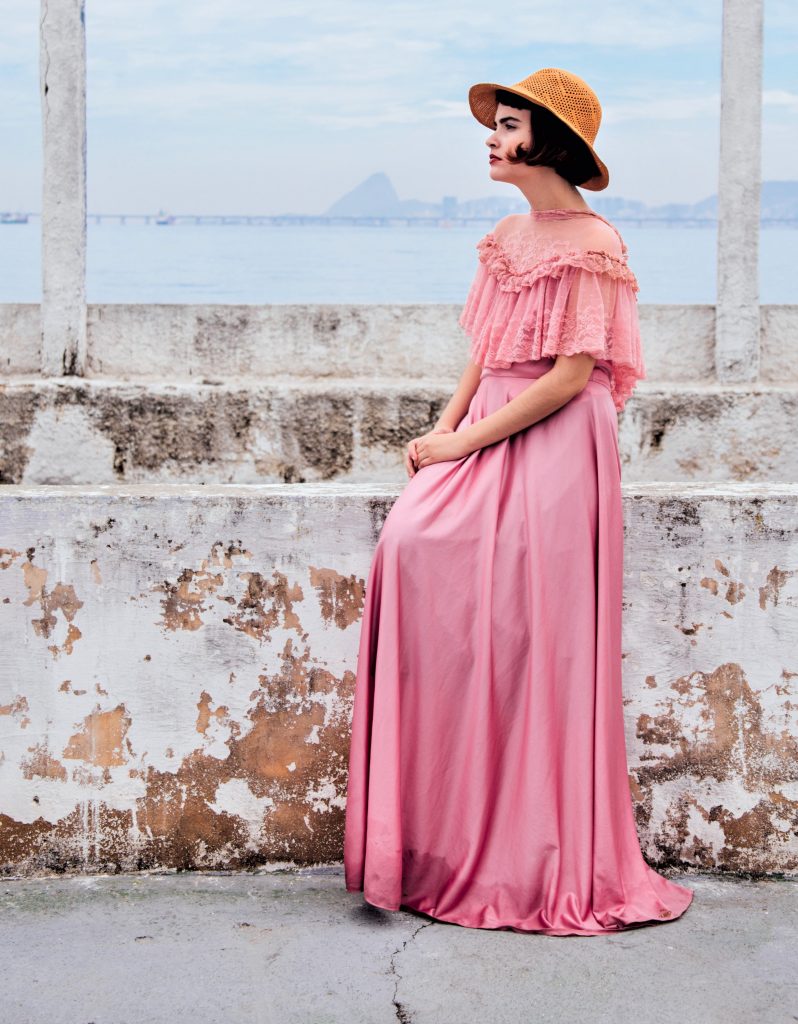
Impersonating a police officer, by the way, is a criminal offense.
Fashion and trends imply popular, or the latest, ways of doing things, such as everybody suddenly wearing an apron, or when the toe of nearly every pair of store front sneakers points slightly opposite the way they pointed last season. It’s in the prevalence of a particular bag, or color. We recognize fashion from past decades in TV series and photographs. Some fashion suits you perfectly – seemingly tailored exactly to you. Then comes an unexpected tear and then you discover that they don’t make that garment anymore. You roam through the city and the net wondering what kind of ‘choice’ you have, really, now that everything seems cut in pretty much the same, unsuitable way. (Op shops and garage sales are an option, of course, might find something more fitting there. But they’re unreliable when it comes to meeting specific requests.)
Imagine the freedom of being able to make your own clothes, authentically you, and tailored just for you.
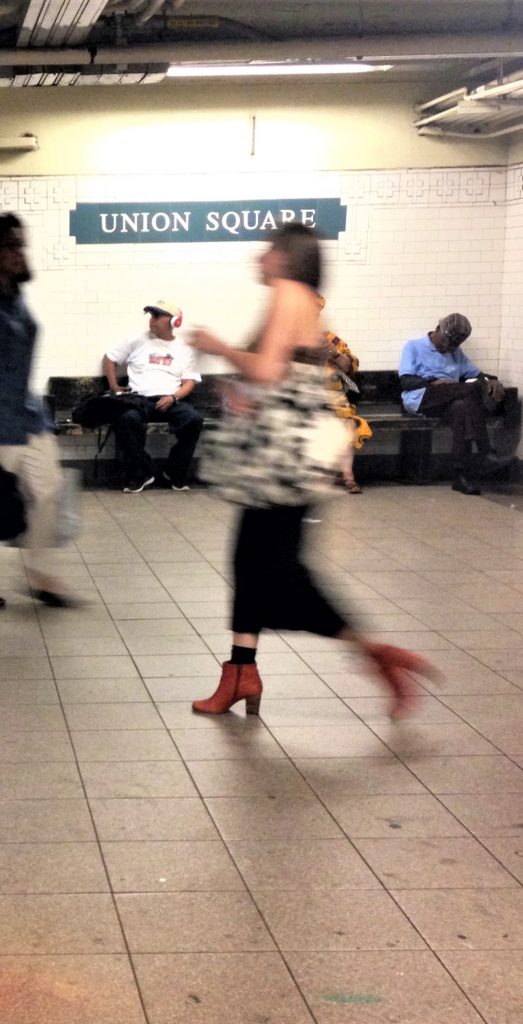
Didn’t the ancient Greeks recommend ‘manual labor’ against depression? Such as sewing?
An architect envisions and understands exteriors – materials, shapes, colors and light reflections – in relation to a building’s climatic conditions, surrounding landscape, cultural heritage and urban/rural influences. We admire how their work comments on and responds to our time, simultaneously leading the way into a future that we’d proudly be part of. We praise the architecture’s rhythmic concordance. And when I help decorate my children’s rooms, I try to do it in ways that makes them feel safe, happy, inspire growth, exploration and creativity, and sweet dreams when the night comes. A master chef … You get the idea. All the senses, all the joys of creativity and sharing.
Maybe mindful dressing is doing it as if it was a Japanese tea ceremony. (The Way of Clothes: A philosophy of ceremonial preparation and presentation … We’d be bowing to the world like daffodils and beech trees do, in sheer delight of having been born.*)
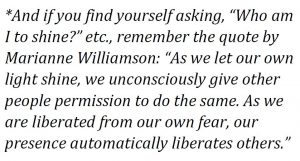
Understanding style would span from the whole to the detail – starting with context, then silhouette, then colors, then cuts, fabrics, and accessories.
Relevant virtues for clothes and dressing as practices of epimeleia heautou include courage – it can be scary to wear something that is perhaps no one else is wearing.**
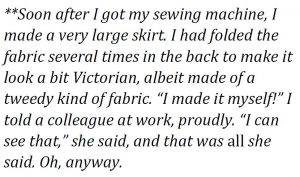
Courage, to be able to stand out, and therefore also temperance in equal measure – before you leave home, double-check that your clothes express cultural literacy,*** and be prepared to hive unforeseen responses with grace and self-compassion.

Remember that your clothes should also protect your skin and allow you to move freely.*
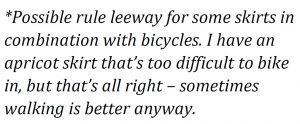
Dignity, for sure. That’s another good-to-have quality. Benevolence. Seeing generously what good could come, and encouraging brave attempts. Employing an artist’s eye, and a gardener’s appreciative industriousness to clarify and cultivate.
The most relevant virtue, as I see it, is grace. And continuance (if that is a virtue); gracefully pulling through.* Learning to detect and refine with a dose of Pollyannaism.
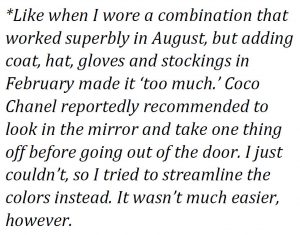
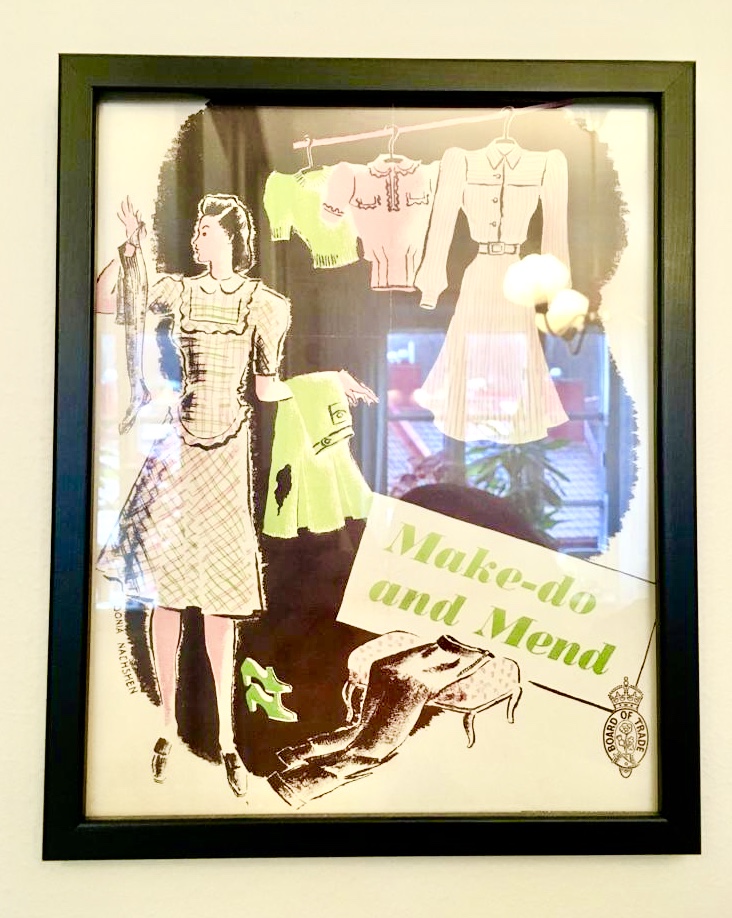
An inspirational pamphlet from the British Ministry of Information, 1942-3, hangs over my desk. And I’ve got some old sheets that I’m going to make a wide skirt from for the summer…
Carrying oneself well, walking well, sitting well,* and wearing well one’s livery, dressing in conscious rhythm and alignment – all of that can constitute self-crafting epimeleia heautou. Making one’s whole life a prayer, kind of thing.
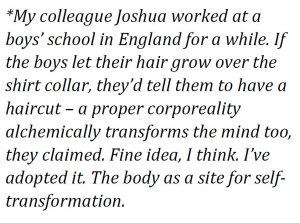
Interested?
You could start by going through your wardrobe, if you like. Give away what you don’t use and nicely fold the rest.*
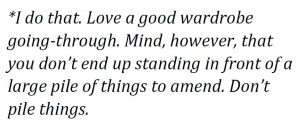
Or you could start from the other direction – dress mindfully, whatever you’re wearing.
You might reflect on this line-up:
- Clothes say something.
- Do you mean what your clothes say today?
- Say what you mean!
Or you might begin by formulating your values and your contribution to the world, so to speak; the role you want to play in this time of your life. Let’s say, for example, that you work in Quality Control, and you’re writing a rather sad children’s book in your free time. So you want to convey loving attention to detail and an eye for the profound, yet steering clear of heaviness. Or you’re a parent – so you need to be a leader type person – but you’re totally sick of hearing your own voice and want to change both your mirror image and your mental image. Or you’re going for a job interview or a date, and you want to show yourself, but perhaps not in all its glory, in case the other turns out not to be very accommodating. How to translate this to clothes?
You could also browse through runways on vogue.com. Or create your own albums on Pinterest. That’s fun.
If you want to start sewing your own clothes, you could start by altering a garment that you already have at home. Cut the sleeves off a shirt, for example. You could go for a 1930’s mid-bicep cut. Or a shorter, horizontal version. Draw a sketch before you get out your scissors. (Oh, and get proper scissors.*)

If you want to start designing your own clothes, start by drawing a silhouette. Make it rough and imprecise – precision is for later. Remember the relevant virtues. My colleague Merlin, who at one point trained to become a tailor, said they’d spent months – literarily – practicing sewing a straight line. I find that very comforting and tell myself often.
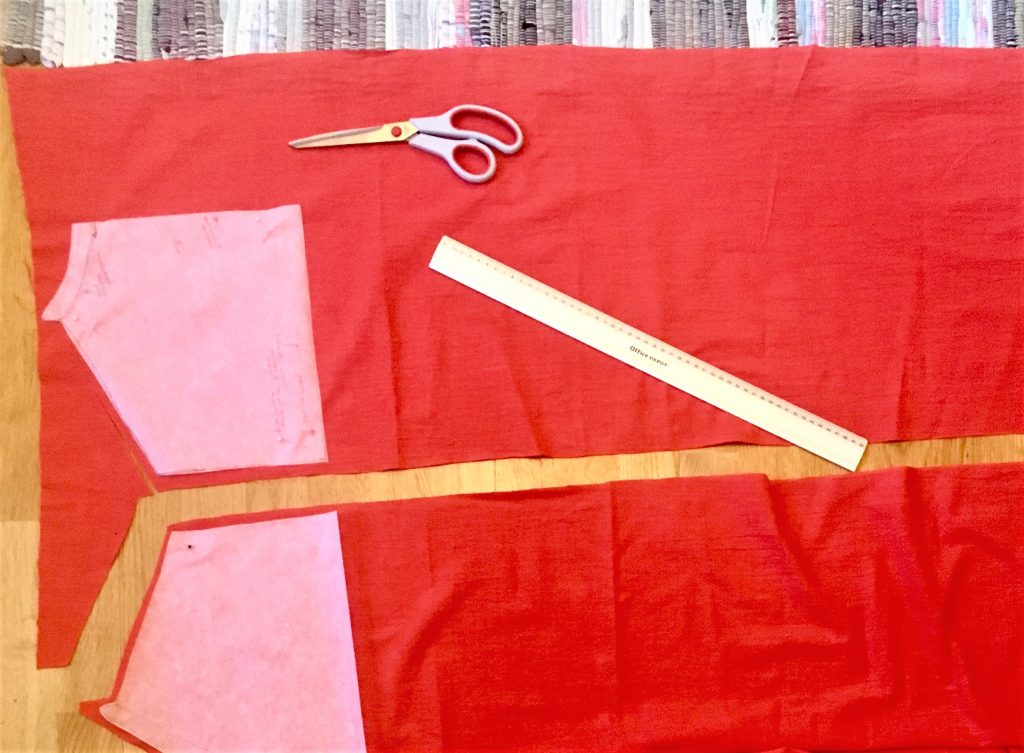
I’m self-taught, and I get to rip up many seams. That’s all right. Let the craft take the time it needs. Never try to do anything fast. I admit that I’m still in the process of learning this. Take time for the details; they matter.*
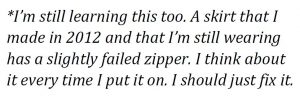
Library books can be instructive. One of the best tips I’ve read was something like, “If you feel tired, put it away immediately and go to sleep.” Youtube clips can also help, as can staff in fabrics stores (sometimes.)
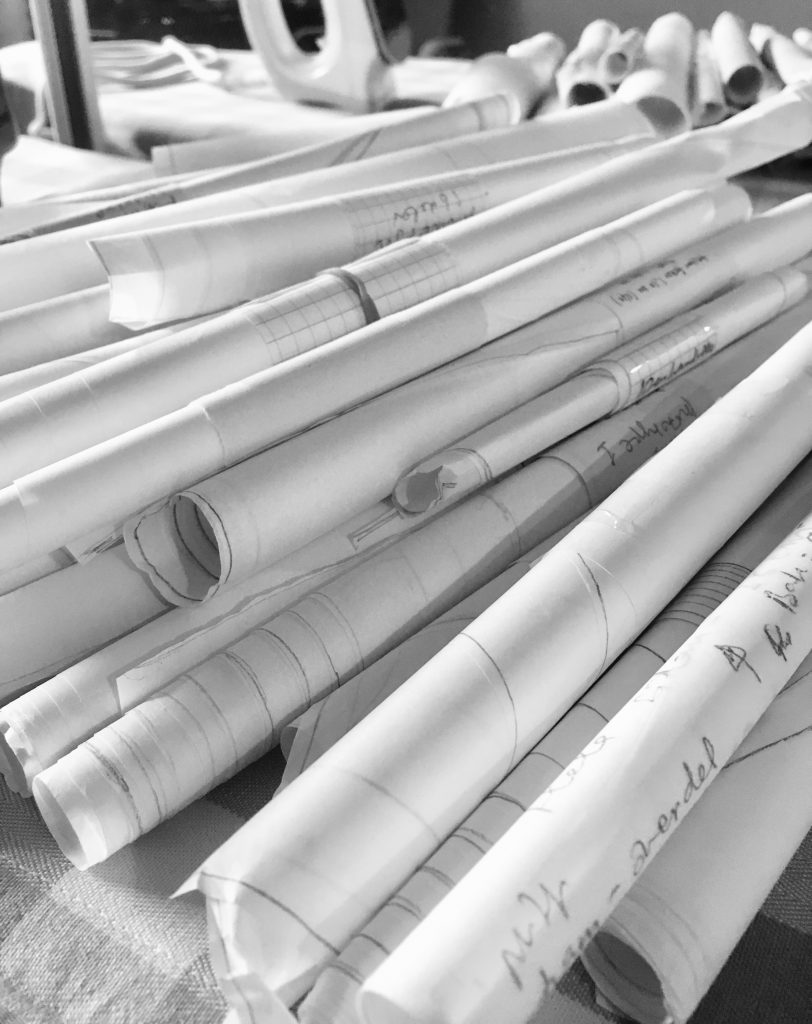
Designs on oven paper, rolled and labelled. Be precise! Setting a date can be useful.
Imagine discovering what clothes and dressing as practices of epimeleia heautou could really mean. To get to explore your relational, transactional, somatic presence; to find your values and your language, and cultivate your virtues. And maybe even choose, and craft, your own wardrobe… To emancipate yourself, basically. Emancipation and sustainability at once.
We could start a movement.
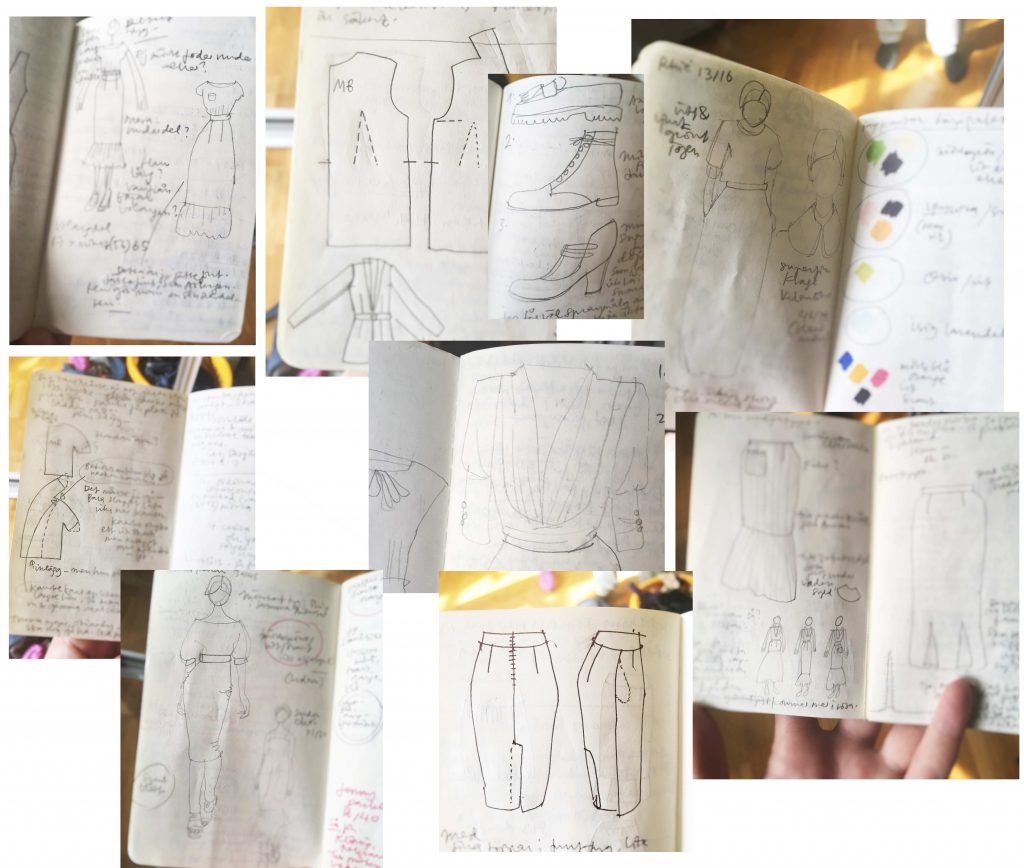
Philosophy is what we need.
Related reading: Coaching, Mentoring, Therapy? On the Benefits of Philosophical Coaching
Related listening: Somatic Philosophy 1 with Patricia Vane
Please note: ‘Body consciousness’ is not the same as ‘body image.’ In philosophical practice we may well examine both concepts – anything to work towards entelechial Eudaimonia; flourishing. But although philosophical practice can have therapeutic effect, it is not therapy.
Would you like to discover what epimeleia heautou would mean for you, be it by clothes and dressing, or otherwise? Feel free to reach out to philosophical coach Miriam by email to kontakt @ filoprax.se.
Bankgiro 484-4080
FILOPRAX AB


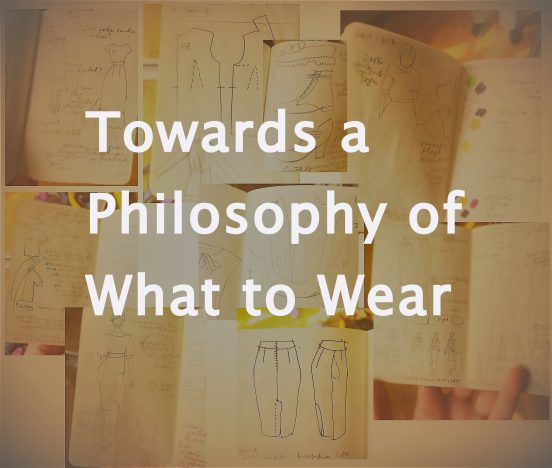
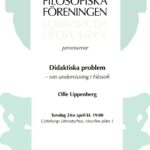
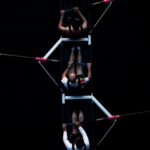



Kommentarer av Filoprax
#8 ”Medborgarlön – ja eller nej?”
Ännu fler tankar: https://www.theguardian.com/technology/2017/may/08/virtual-reality-religion-robots-sapiens-book Vi ses 17/1 :)
#2 Rättrådighet / justice ∙ dikaiosyne ∙ iustitia
Spellistan klar: https://open.spotify.com/user/professormiriam/playlist/0QXnyFfykMg4JeECEWxlAa
Några punkter om vardaglig människo-enteleki
Mmm, jag med ...
Några punkter om vardaglig människo-enteleki
Jaa! :)